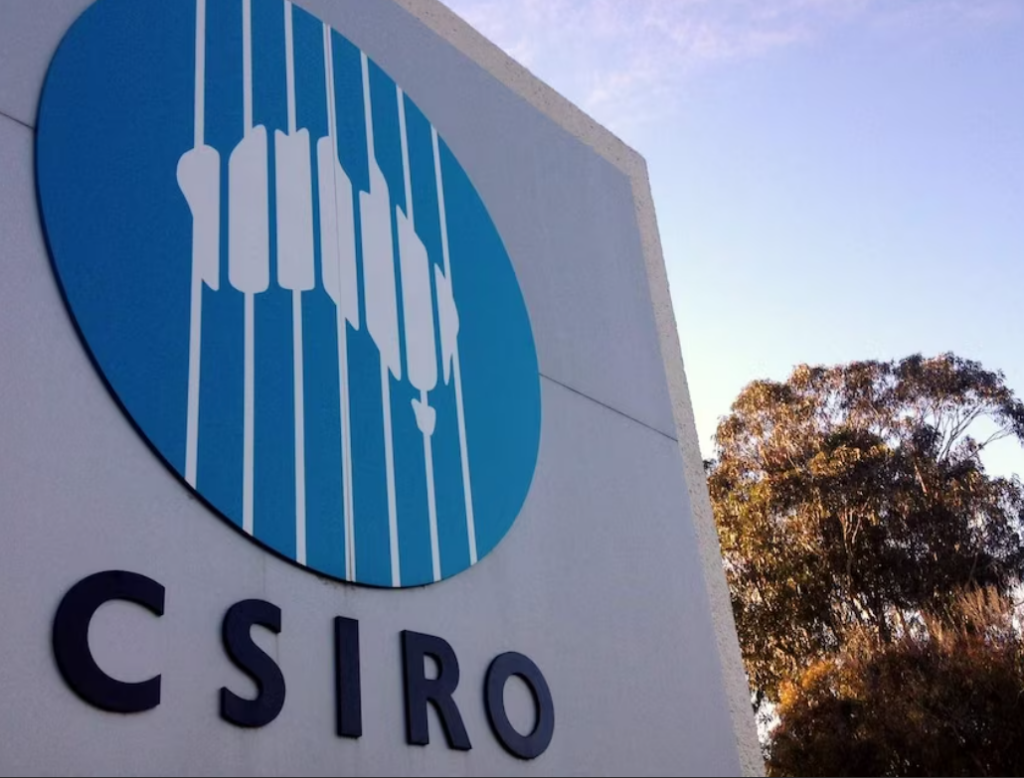2022 was the year the idol proved to have feet of clay. China, the fast-growing, authoritarian regime deepening its imperial embrace across the world, imposed a harsh lockdown due to the ineffectiveness of its home-grown. Covid vaccines and saw its growth plummet, even as the West lifted restrictions and enjoyed the fruits of pent up demand.
An end of year abrupt policy reversal on Zero Covid, apparently on the back of demonstrations, shocked the world. China’s state-of-the-art digital social controls proved ineffective, even if only for a few weeks; its much-vaunted industrial spying machine was unable to replicate the West’s MNRA vaccine; and it is now in the midst of a deadly experiment, the world’s biggest annual migration with more than two billion passenger trips over the 40-day Lunar New Year holiday, older people being exposed to infected relatives and friends, basic medicine shortages and overwhelmed hospitals. The death toll will never be known.
Amid all this, on January 4th Chinese researchers published a paper with the snappy title of Factoring integers with sublinear resources on a superconducting quantum processor, or as the Financial Times’s headline put it: Chinese researchers claim to find way to break encryption using quantum computers.
The scientists identified how to a break a 2048-bit algorithm, which safeguards information, using a 372-qubit quantum computer. At first sight, that looked like a serious threat. After all, IBM’s Osprey already has 433 qubits.
However, a flurry of critical articles from experts followed, pointing out that the paper wasn’t peer reviewed and that it was a small scale demonstration which wasn’t obviously scalable. Paolo Cuomo, Founding Partner of Quantum London, wrote: “It’s important to note that this is still theory as their work was on a 10 qubit device and they have ‘extrapolated’ results, and one thing we know about the quantum domain (thank you Marvel Cinematic Universe and Ant Man!) is that it is far from linear in its behaviour.”

For the quantum industry, the article was helpful in highlighting what a US National Security Memorandum published last May identifies as the key risk: “Most notably, a quantum computer of sufficient size and sophistication — also known as a cryptanalytically relevant quantum computer(CRQC) — will be capable of breaking much of the public-key cryptography used on digital systems across the United States and around the world.
Reminding governments and companies alike of their vulnerability (not least to the Chinese, not least to the harvest-now-decrypt-later enemy agents) is useful in nudging the migration to post-quantum cryptography. Admittedly, until the US’s world-leading National Institute of Standards and Technology (NIST) publishes final results for quantum-safe cryptography standards for cybersecurity – in July 2022 it published initial ones – private sector firms will not undertake expensive, complex overhauls of their cybersecurity systems. New standards are not expected until 2024.
The question of why the paper was published at this time has flummoxed geopolitical analysts. But perhaps the assumption that every step taken by China has a deeper strategic significance needs to be re-evaluated.
It is true that it is a rising power and the US a declining power. That its Belt & Road Initiative has been effective, from Antigua to Ethiopia and even Italy. That it is forecast to be the world’s biggest economy by 2028.
But as Kevin Rudd, former Australian Prime Minister and Mandarin speaker, writes in his masterful analysis of China, The Avoidable War, President Xi ‘’no longer cares if his policies are not…the most efficient way to grow China’s national GDP. “ His crackdown on private sector behemoths like Jack Ma’s Alibaba or Tencent is “immensely popular with the Chinese middle class.”
However, without growing at the pre-Covid 6-7% annual clip, and instead at the more likely 4%, China won’t bring as many people out of poverty as it did under pre-Xi regimes. The political repercussions of abandoning the decades-old bargain – ‘we as a government will ensure your children live better than you do and you will not question the Party’s supremacy’ – may be severe.
Meanwhile, China’s population has peaked, a decade earlier than anticipated, and is ageing. Xi’s crackdown on the private sector, which provides for 90% of new employment growth, dims the job prospects for the country’s youth, notes Rudd, while its economy is only 30% as productive as the US or Germany due to the continued influence and unproductive investment of the state.
If the Chinese President’s emphasis on Party control slows down the economy and a political backlash becomes apparent, he can play the nationalist card. Whether that involves a blockade of Taiwan, a cybersecurity attack to take down all its infrastructure, or an outright invasion, is not clear. But it is a major fear for policy makers in countries opposed to China, especially given their continued dependence on its manufacturing capabilities. Over 95% of the iPhone is still produced in China, despite diversification efforts.
For the quantum sector, one of the most important features is China’s innovation. State-led innovation through policies like ‘Made in China 2025’ has been given a boost through vast sums of money and other forms of government support. However, there will be a dampening effect from the crackdown on the private sector, on academic freedom and on professors who might have been foreign trained, and from the limits on technology transfers from the West.
In a recent academic paper, LSE researchers suggested democracy is associated with more innovation overall, given that it relies on the free and open exchange of ideas, flourishes in environments supportive of risk-taking and creativity, and takes root through an acceptance of trial and error.
They conclude that none of these attributes come easily to autocracies, with the caveat that military innovation may differ. This explains the Chinese state’s emphasis on quantum communication and on breaking existing cryptography.
US Secretary of State Anthony Blinken summed up his country’s position towards China with these words: “Our relationship with China will be competitive when it should be, collaborative when it can be, and adversarial when it must be.”
This balancing act, one the West as a whole must manage, would test even a quantum computer with a million stable qubits.
For more market insights, check out our latest quantum computing news here.



















